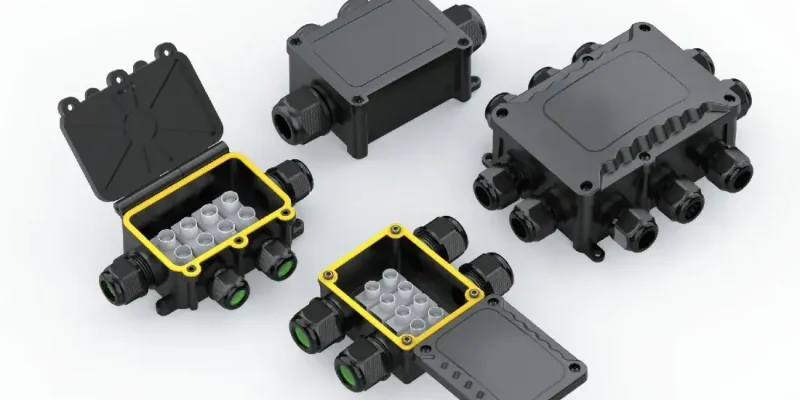Junction boxes and pull boxes are essential components in electrical systems, serving distinct yet complementary roles. While junction boxes house and protect wire connections, pull boxes facilitate the installation and maintenance of wires in conduit systems, each playing a crucial part in ensuring safe and efficient electrical setups.
Junction Box Functions
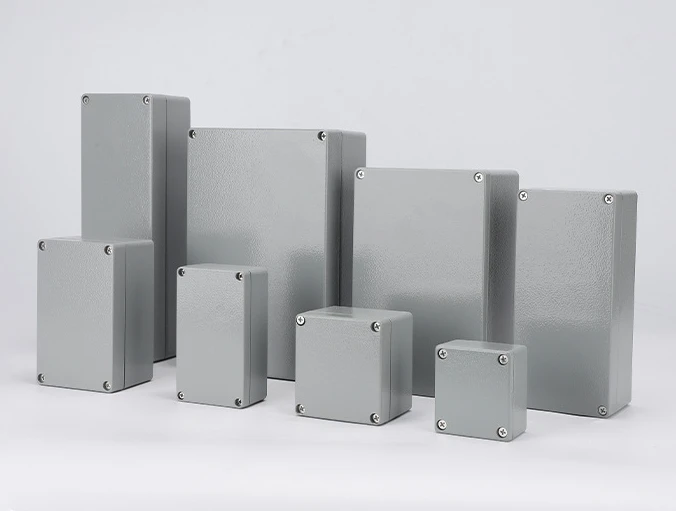
Serving as a central hub for electrical connections, junction boxes protect wire splices and terminations from environmental factors while providing crucial access for maintenance. These enclosures support multiple conduit entries and meet specific code requirements for enclosed connections. Key functions include:
- Housing permanent wire splices and connections
- Safeguarding against moisture, dust, and physical damage
- Facilitating organized electrical installations
- Preventing vandalism and accidental contact with live wires
- Extending the lifespan of wiring systems by providing a secure environment
Pull Box Functions
Unlike junction boxes, pull boxes primarily serve as access points for wire installation and maintenance in conduit systems. Their key functions include:
- Creating strategic access points for pulling conductors through conduits
- Reducing cable tension during installation, preventing damage to wires
- Allowing direction changes in conduit runs without compromising wire integrity
- Simplifying future wire replacement or additions
- Supporting temporary access needs for electrical system modifications
Pull boxes don’t typically contain splices or permanent connections, focusing instead on facilitating the smooth installation and management of wires within conduit systems. By providing these access points, pull boxes play a crucial role in ensuring efficient and safe electrical installations, particularly in complex or long conduit runs.
Key Differences Explained
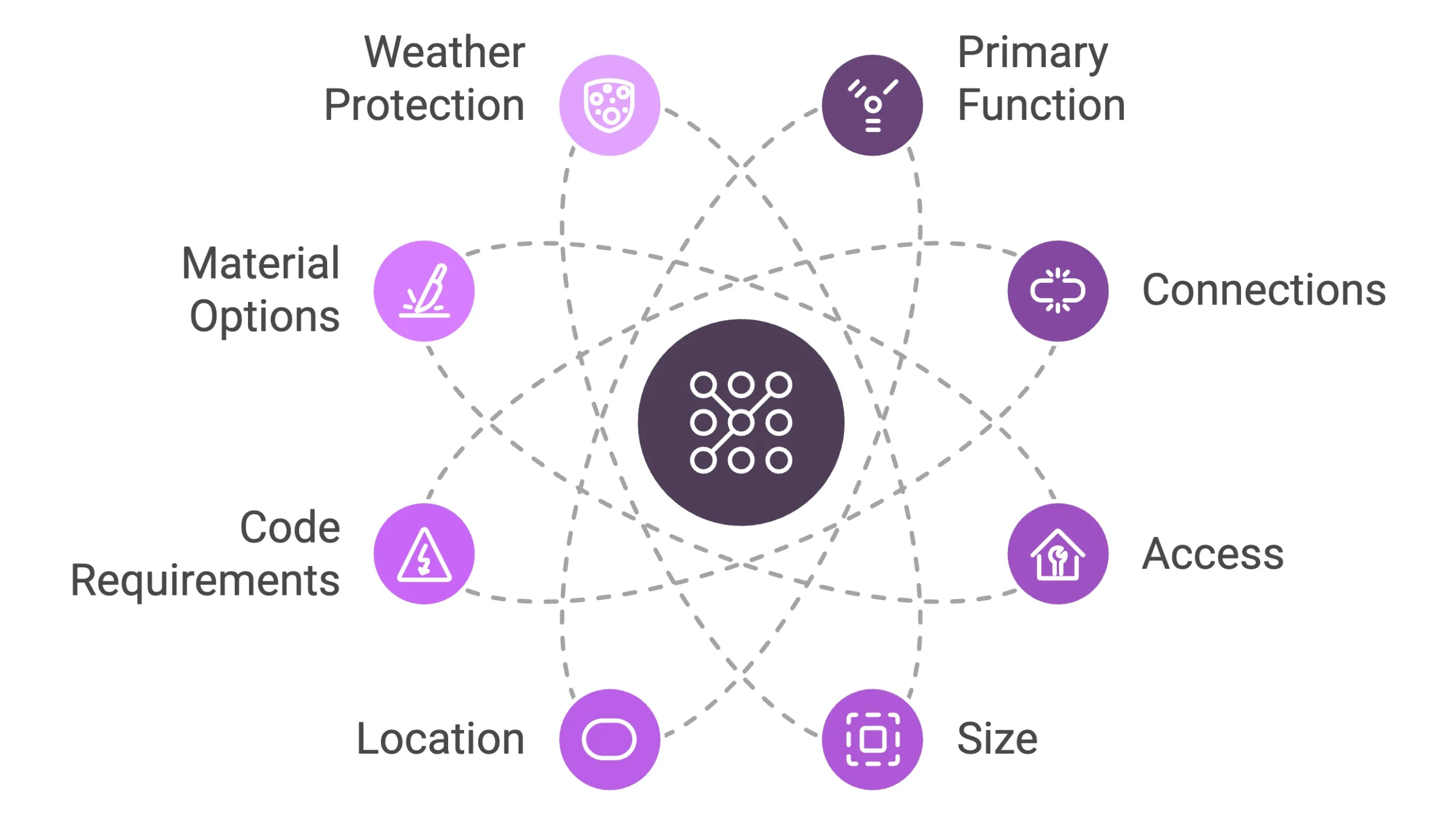
Junction boxes and pull boxes, while both essential in electrical systems, serve distinct purposes and have key differences. Here’s a concise overview of their main distinctions:
| Caracteristică | Cutie de joncțiune | Pull Box |
|---|---|---|
| Funcția principală | Houses and protects wire connections | Facilitates wire pulling through conduits |
| Connections | Contains permanent splices and terminations | Typically does not contain splices |
| Access | Provides access for maintenance and repairs | Offers access points for wire installation |
| Mărime | Generally smaller, sized to accommodate connections | Often larger to allow easier wire manipulation |
| Locație | Installed at connection points throughout the system | Placed strategically along conduit runs |
| Code Requirements | Must meet specific electrical code standards | Subject to different code requirements for sizing and placement |
| Material Options | Available in plastic, metal, fiberglass, and more | Similar material options, often chosen for durability |
| Weather Protection | Many are designed for weatherproof applications | Can include sealing mechanisms for environmental protection |
| Installation Complexity | Generally simpler installation process | May require more planning for optimal placement |
| Future Modifications | Allows for some system modifications | Designed to facilitate future wire additions or replacements |
Junction boxes are crucial for protecting electrical connections and organizing wiring systems, while pull boxes are essential for managing wire installation in complex conduit systems. Junction boxes focus on safety and organization, housing permanent connections and protecting against environmental factors and vandalism. In contrast, pull boxes prioritize accessibility and ease of installation, reducing cable tension and simplifying future modifications to the electrical system. The choice between them depends on the specific needs of the electrical project, with both types playing vital roles in ensuring safe, efficient, and maintainable electrical installations.
When to Use Each
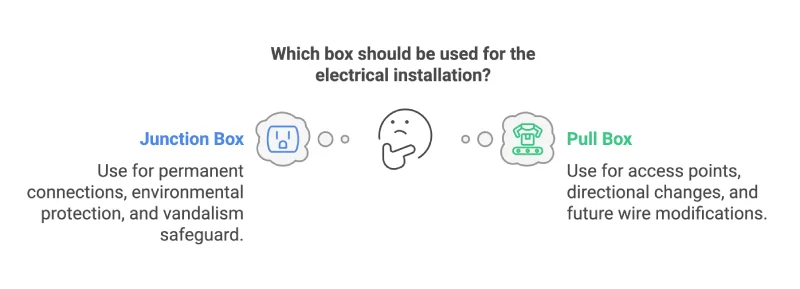
Understanding when to use junction boxes versus pull boxes is crucial for efficient and compliant electrical installations. Here’s a guide to help determine which box is appropriate for different scenarios:
Use a junction box when:
- Permanent wire connections or splices are needed
- Protection from environmental factors is required
- Organizing multiple wire connections in a central location
- Safeguarding against vandalism or accidental contact with live wires
- Installing outdoor electrical wiring that needs weather protection
Use a pull box when:
- Long conduit runs require access points for wire installation
- Changes in direction are needed in conduit systems without compromising wire integrity
- Future wire replacements or additions are anticipated
- Reducing cable tension during installation is necessary
- Temporary access for system modifications is required
The choice between a junction box and a pull box often depends on the specific requirements of the electrical system, the complexity of the installation, and future maintenance needs. While junction boxes focus on protecting and organizing connections, pull boxes prioritize ease of wire installation and system flexibility.
Criterii de selecție
When deciding between a pull box and a junction box, consider the specific requirements of your electrical project. For long conduit runs exceeding 100 feet or containing multiple bends, pull boxes are the optimal choice as they facilitate easier wire installation and reduce cable stress. Junction boxes are better suited for scenarios where wire connections or circuit terminations are needed, particularly in residential and light commercial settings with frequent circuit modifications.
Cost is another factor to consider. Junction boxes are generally less expensive, with prices ranging from $5 to $30 for basic models, while pull boxes typically start at $50 and can reach $500+ for large custom sizes. Installation time and expenses also differ, with junction boxes taking 30-60 minutes to install compared to 2-4 hours for pull boxes. Long-term maintenance needs should also be factored in, as pull boxes may require replacement every 8-10 years in high-use scenarios, while junction boxes generally need only periodic inspection and cleaning.
Installation Challenges and Tips
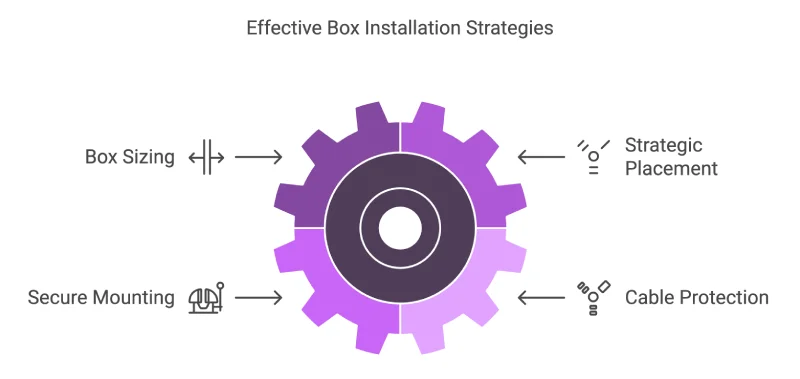
When installing pull boxes and junction boxes, several challenges can arise, but proper planning and execution can mitigate these issues. One common challenge is ensuring proper box sizing to accommodate the number and gauge of wires while complying with electrical codes. To address this, carefully calculate the box fill capacity before installation and choose a box size that allows for future expansion.
Another critical consideration is the strategic placement of boxes to maintain accessibility for maintenance and repairs. For pull boxes, install them at intervals not exceeding 100 feet for straight runs and at every change in direction to reduce wire strain. When mounting junction boxes, ensure they are securely attached to studs or joists, with the face flush to the wall surface. Additionally, always use appropriate cable entry glands or conduits to protect wires and maintain the integrity of the installation. By following these tips and adhering to local electrical codes, you can overcome common installation challenges and create a safe, efficient electrical system.

